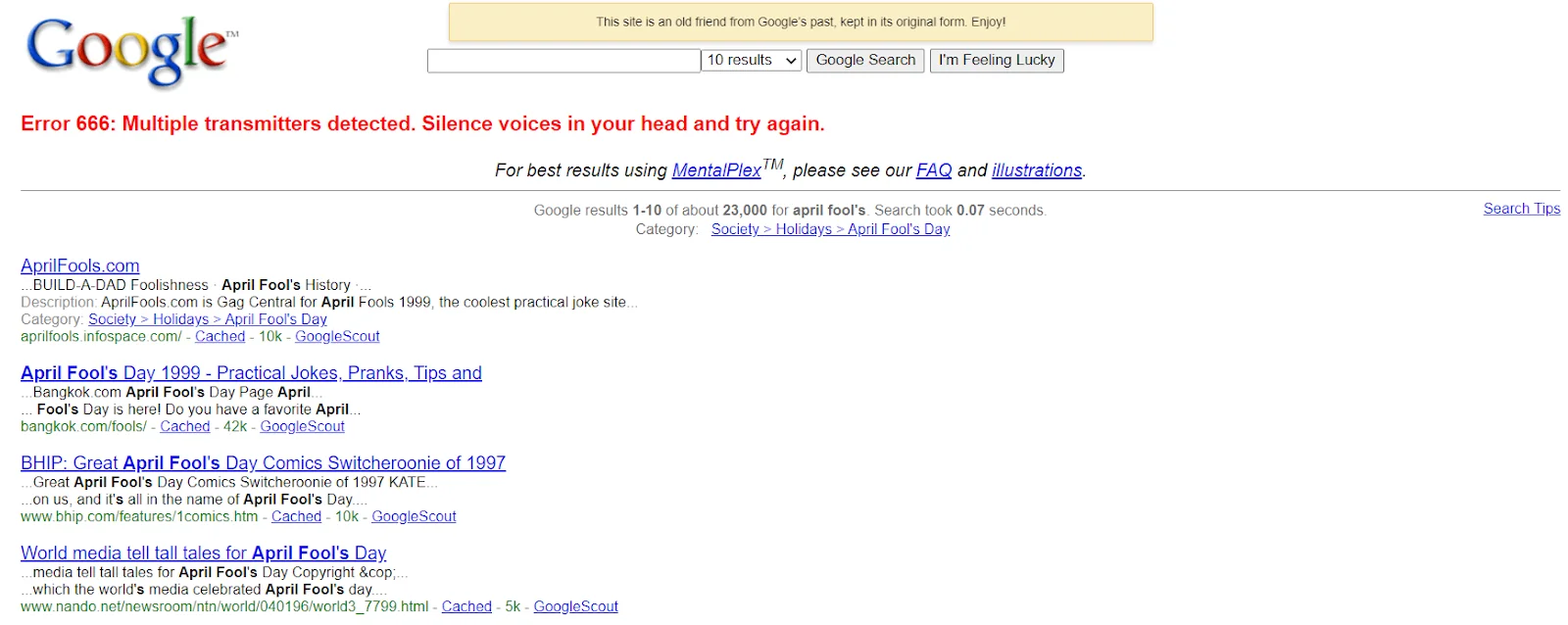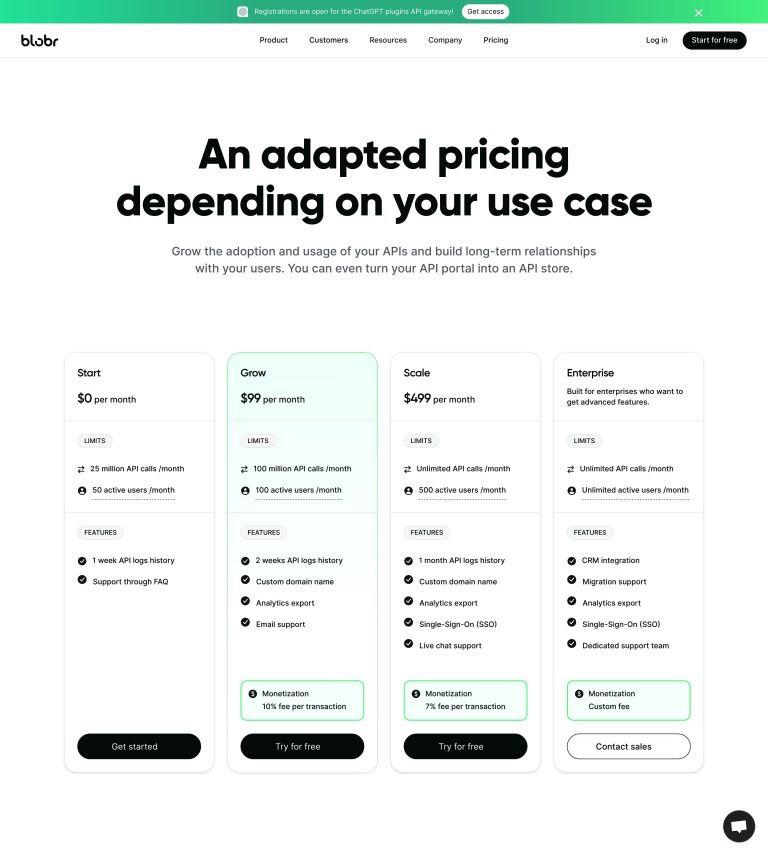
In today’s digital landscape, comment spam is a persistent challenge for website owners, content creators, and online communities. Whether it’s automated bots flooding your site with nonsense or malicious users trying to inject harmful content, the impact of unfiltered comments can be significant. From damaging user experience to compromising data integrity, comment spam poses a real threat to your online presence.
This article explores effective strategies and tools to prevent comment spam, ensuring that only relevant and constructive submissions make it through. We’ll cover everything from basic filters to advanced AI-powered solutions, helping you maintain a clean, engaging, and secure online environment.
What Is Comment Spam and Why It Matters
Comment spam refers to irrelevant, harmful, or automated submissions left on websites, forums, or social media platforms. These submissions often include:
- Automated bot activity (e.g., mass form submissions, fake sign-ups)
- Malicious links (e.g., phishing attempts, malware distribution)
- Spammy promotional content
- Offensive or inappropriate language
The consequences of unchecked comment spam are far-reaching. Not only does it degrade the quality of your content, but it also affects user trust, search engine rankings, and even your brand reputation. For businesses, this can lead to wasted time, increased moderation costs, and missed opportunities for genuine engagement.
As the volume of online interactions continues to grow, so too does the sophistication of spammers. This makes it more important than ever to implement robust comment spam prevention measures.
How Comment Spam Impacts SEO Performance
Comment spam can have a direct impact on your website’s SEO performance in several ways:
- Lower User Engagement: If users see spam comments, they may lose interest in your content, leading to higher bounce rates and lower dwell times.
- Poor Content Quality: Search engines like Google prioritize high-quality, relevant content. Spam comments can dilute the value of your pages, making them less likely to rank well.
- Increased Bounce Rates: Users who encounter spam are more likely to leave your site quickly, which can hurt your site’s overall performance in search rankings.
- Security Risks: Malicious links in spam comments can expose your site to security threats, potentially leading to penalties or blacklisting by search engines.
By implementing strong comment spam filters, you not only improve user experience but also enhance your site’s SEO potential.
Step-by-Step Implementation Framework
Preventing comment spam requires a combination of technical tools, strategic planning, and ongoing monitoring. Here’s a step-by-step guide to help you implement an effective comment spam prevention strategy:
1. Define or Audit the Current Situation
Start by analyzing your current comment system. Identify the types of spam you’re receiving, how frequently it occurs, and where it’s coming from. Use analytics tools to track patterns in spam submission behavior, such as spikes in traffic from specific IP addresses or repeated use of certain keywords.
2. Apply Tools, Methods, or Tactics
Implement a variety of spam prevention techniques to create multiple layers of defense. Some effective methods include:
- CAPTCHA and reCAPTCHA: These tools help distinguish between human users and bots. Google reCAPTCHA, for example, uses machine learning to detect suspicious activity without requiring users to solve complex puzzles.
- Honeypot Fields: Add hidden fields to your forms that bots will fill out but humans won’t. This helps identify and block automated submissions.
- Time-Based Restrictions: Set a minimum time threshold for form submissions. If a form is submitted too quickly, it’s likely to be spam.
- Email Verification: Require users to verify their email address before submitting a comment. This reduces the likelihood of fake accounts.
- Moderation Plugins: Use plugins like Akismet or Disqus to automatically filter out spam comments based on known patterns and user behavior.
3. Measure, Analyze, and Optimize
Once you’ve implemented these tools, monitor their effectiveness over time. Track metrics such as the number of spam comments blocked, user engagement rates, and changes in traffic patterns. Use A/B testing to compare different approaches and refine your strategy accordingly.
Regularly update your spam filters to adapt to new tactics used by spammers. Stay informed about emerging trends in spam detection and adjust your approach as needed.
Real or Hypothetical Case Study
Let’s take a look at a hypothetical case study involving a mid-sized e-commerce blog that was struggling with comment spam. The blog had a large following, but its comment section was flooded with spam posts, including product promotion links and offensive language.
After implementing a multi-layered spam prevention strategy—including CAPTCHA, honeypot fields, and email verification—the blog saw a dramatic reduction in spam comments. Over the course of three months, spam submissions dropped by 75%, while user engagement increased by 30%. The blog also reported improved SEO performance, with higher rankings for key search terms and increased organic traffic.
This case study highlights the importance of a comprehensive approach to comment spam prevention, showing how even small changes can have a big impact on user experience and business outcomes.
Tools and Techniques for Comment Spam Prevention
Several tools and techniques can help you effectively prevent comment spam. Here are some of the most popular and effective options:
- Akismet – A powerful spam filtering service that integrates with WordPress and other platforms. It uses machine learning to detect and block spam comments.
- reCAPTCHA – Google’s CAPTCHA solution that helps distinguish between human users and bots. It offers both visible and invisible challenges.
- Disqus – A commenting platform that includes built-in spam filters and moderation tools. It allows users to report spam and provides a community-driven approach to moderation.
- Honeypot Field Generators – These tools help you create hidden form fields that bots will fill out, allowing you to identify and block automated submissions.
- Comment Moderation Plugins – Plugins like WP Comment Moderator or CommentPress offer advanced moderation features, including keyword filtering and user reporting.
- IP Blocking – Block IP addresses that are associated with frequent spam activity. This can be done manually or through automated tools.
These tools work best when used together, creating a layered defense against comment spam.
Future Trends and AI Implications
As AI and machine learning continue to evolve, the future of comment spam prevention looks promising. Advanced algorithms are becoming increasingly adept at identifying and blocking spam, even in complex scenarios such as deepfake content or AI-generated text.
One trend to watch is the rise of AI-powered moderation systems that can analyze context, tone, and intent to determine whether a comment is spam. These systems can also learn from user feedback, improving their accuracy over time.
Another development is the integration of natural language processing (NLP) into spam detection tools. NLP allows systems to understand the nuances of human language, making it easier to detect subtle forms of spam such as disguised promotional content or malicious links.
As these technologies mature, they will play an increasingly important role in keeping online communities safe and welcoming for all users.
Key Takeaways
- Comment spam is a growing problem that can harm user experience, SEO, and brand reputation.
- Effective prevention requires a multi-layered approach, combining tools like CAPTCHA, honeypot fields, and moderation plugins.
- Regular monitoring and analysis are essential to stay ahead of evolving spam tactics.
- AI and machine learning are transforming the way we detect and block spam, offering more accurate and efficient solutions.
- A clean, engaging comment section can boost user trust, increase engagement, and improve your site’s visibility in search results.
By taking proactive steps to prevent comment spam, you can create a safer, more trustworthy online environment for your audience.
Meta Title: How to Prevent Comment Spam: Effective Filters for Irrelevant and Harmful Submissions
Meta Description: Learn how to stop comment spam using filters, CAPTCHA, AI tools, and moderation techniques. Protect your site and improve user experience.
SEO Tags: comment spam prevention, spam filters, online moderation, comment management, spam blocking
Internal Link Suggestions: [Parameter #1: Search Intent Alignment], [Parameter #5: Content Clustering], [Parameter #13: Evergreen & Fresh Balance]
External Source Suggestions: https://www.wordfence.com/blog/2021/09/how-to-prevent-comment-spam/, https://www.cloudflare.com/learning/website-security/spam-comments/









